Roads in India are not only the oldest and most important mode of transportation on a worldwide scale, but they are also the most crucial source of transportation within the country. With a vast road network that spans around 6.3 million kilometers, India boasts the second-largest road network in the world. The considerable variety of roads in India can be attributed to several factors, including their location, functionality, and connectivity. This article delves into the five primary categories of roads that form the backbone of India’s transportation infrastructure. These categories include national highways, state highways, expressways, district roads, and village roads.

Table of Contents
1. National Highways: The Lifeline roads in India
As the major highways connect key cities and states across India, national highways play an important role in ensuring that transportation is carried out without interruption. The National Highways Authority of India (NHAI) is in charge of regulating roadways. The width of these roadways ranges from two to six lanes, which ensures that there is strong connectivity across the entire nation. It is estimated that there are 599 national highways in India, which span a total distance of 146,145 kilometers as of February 2024. Notable examples include the following:
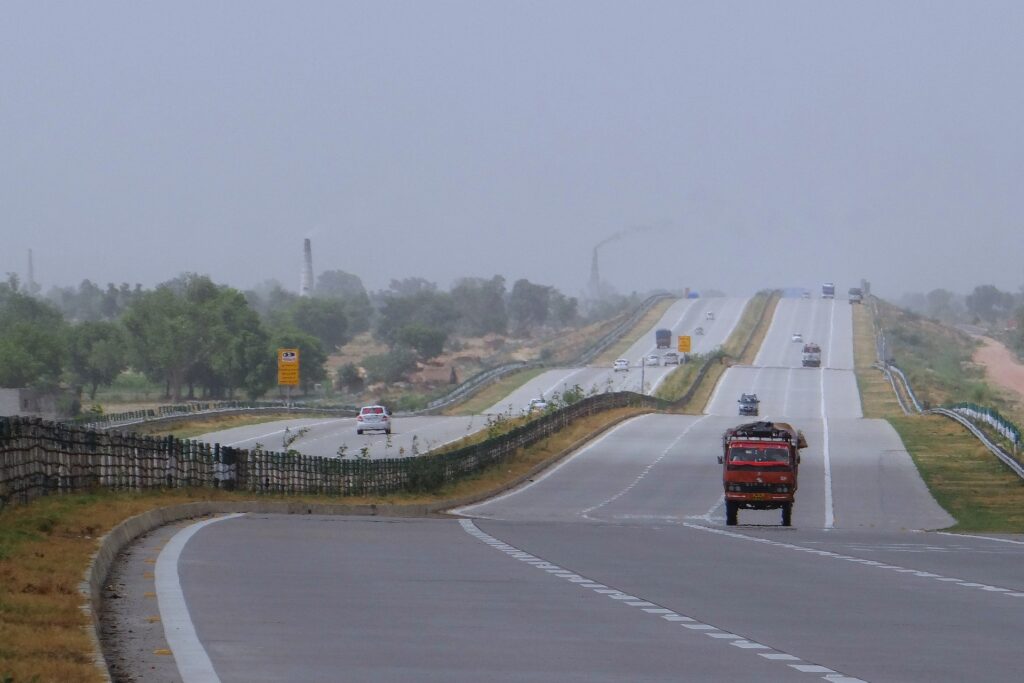
- NH-44: Stretching over 4,112 km, it is the longest national highway, creating a vital link between the northern and southern regions of India.
- NH-27: Spanning 3,507 km, this highway connects the eastern and western parts of the country, standing as the second longest national highway.
2. State Highway: Connecting the Dots Within States

State highways are extremely important linkages within states because they link major cities, districts, and other routes to national highways so that they can be followed. It is the responsibility of state governments to manage these roadways, which can have anywhere from two to four lanes and are essential for traffic inside the state territory. There are 186,528 kilometers of state highways in India as of December 2022, which highlights the significance of these roads in the organization of the national road network.
3. Expressways: The Pinnacle of Road Infrastructure
Access ramps, grade separation, and advanced traffic management systems are some of the modern conveniences that are included in India’s expressways, which are considered to be the highest class of roads in India. In addition to having a minimum of four lanes, these highways are designed to accommodate high-speed travel and have controlled entry and exit points. By July 2023, 48 expressways covered a total of 5,173 kilometers. They were under the supervision of the Ministry of Road Transport and Highways (MoRTH), which is responsible for the development and management of expressways. Among the most important instances are:
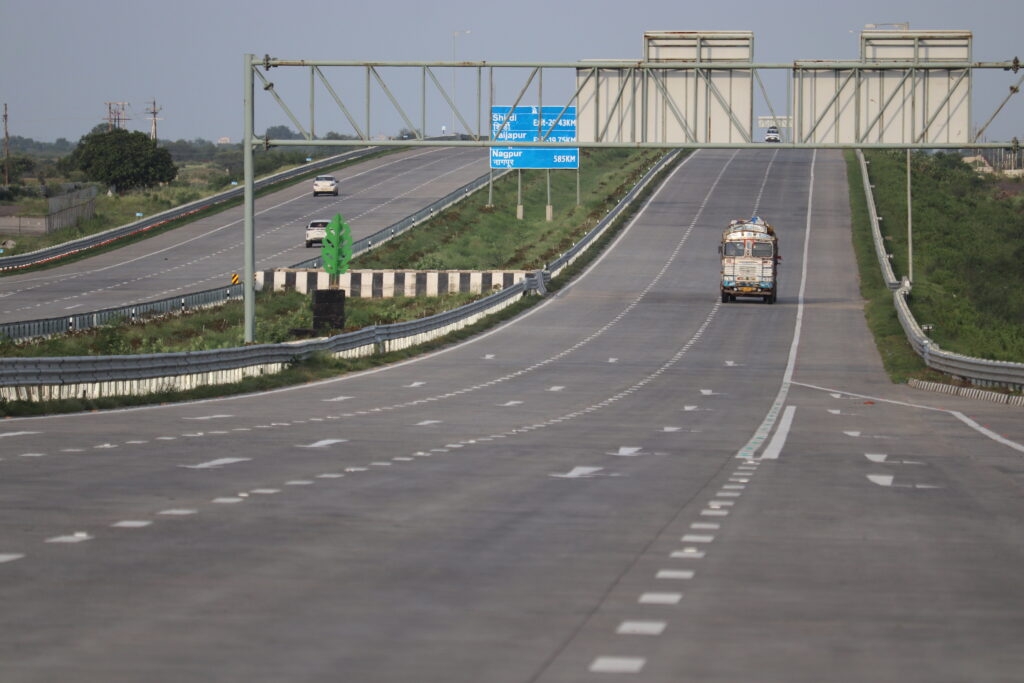
Hindu Hrudaysamrat Balasaheb Thackeray Maharashtra Samruddhi Mahamarg
- With a total length of 94.5 kilometers, the Mumbai-Pune Expressway is India’s first concrete, access-controlled, and tolled expressway with six lanes.
- There are fourteen lanes on the Delhi-Meerut Expressway, which is the widest expressway in India and stretches for more than 96 kilometers.
4. District Roads of India: The Local Connectors
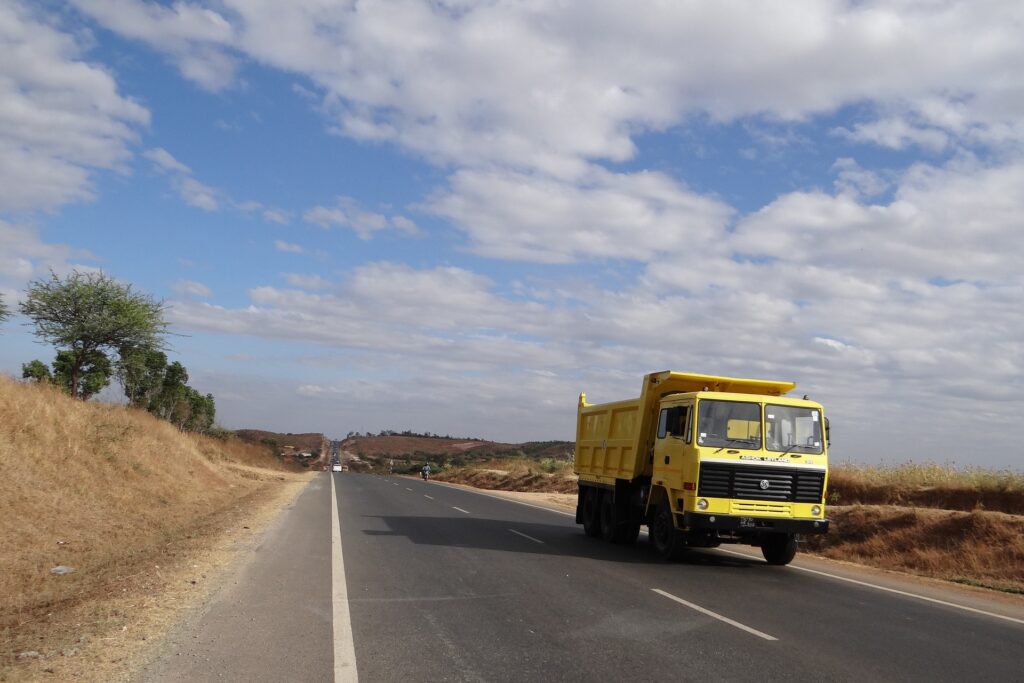
It is important to note that district roads in India are divided into two categories: major district roads and other district roads. These roads serve as vital connections between cities and districts. The district administrations are in charge of managing these roads, which are extremely important for community connectivity and commuting on a regular basis.
5. Village Roads: The Veins of Rural India
Village roads serve as vital lifelines for rural connectivity, meaning that they are essential for connecting rural communities to the main economic zones. These highways make up the vast majority of India’s road network, and they are under the control of village and district officials. The government has launched programs such as the “Pradhan Mantri Gram Sadak Yojana” in order to significantly develop the road infrastructure in rural areas.
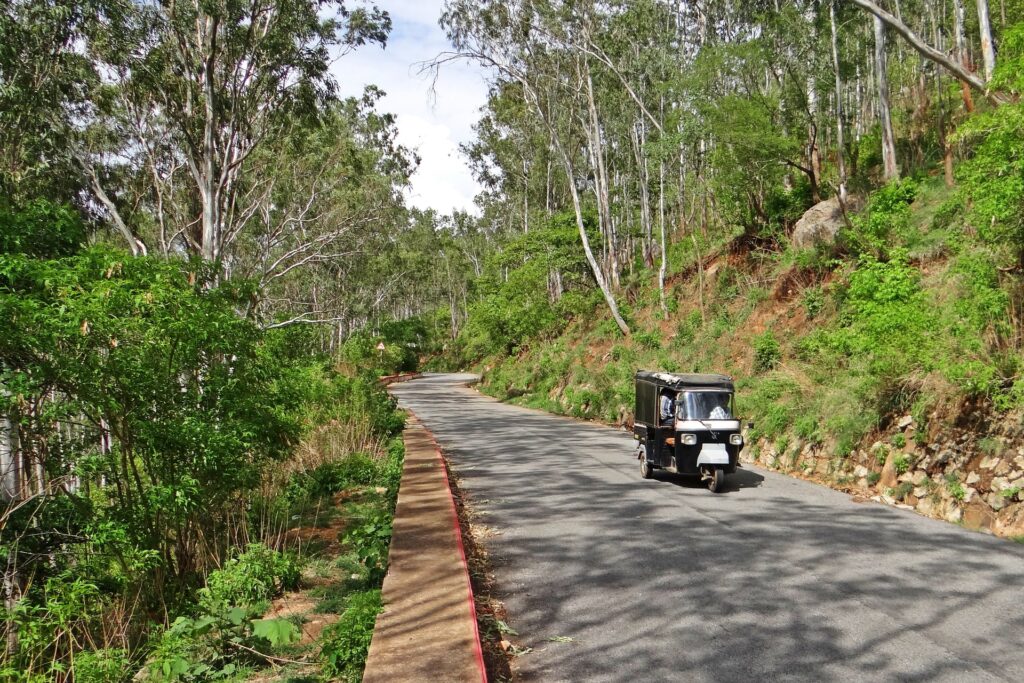
Conclusion
The diverse road network in India demonstrates the country’s long and illustrious past, as well as its dedication to connectivity and development. Each form of road in India provides a one-of-a-kind travel experience, reflecting the country’s beauty and diversity. These different types of roads range from the busy national highways to the peaceful village roads. The roads of India promise to be a journey filled with wonder and discovery, regardless of whether you are traveling across the country or exploring the rural regions.
You can watch this video about India’s remarkable journey: from ‘No Roads’ to ‘Highway Revolution’ by Nitin Gadkari, on the YouTube channel StudyIQ.
Challenges:
Constant Traffic: One of the biggest problems with Indian Roads is that they are always backed up with cars, especially in cities. With more people living in cities and more cars on the road, travel times have gotten longer and total efficiency has gone down.
Care and Maintenance: Existing infrastructure often suffers from neglect and degradation due to factors such as severe weather conditions, heavy usage, and natural wear and tear. The necessity for regular upkeep is critical, yet accessing and funding these maintenance tasks can be challenging.Safety Concerns: India still has a lot of problems with road safety. A lot of accidents happen because of things like bad signage, poorly designed intersections, and people not following the rules of the road. This shows how important it is to take thorough safety measures.
What the Future Holds:
Technological Integration: Using and improving new technologies is what will make Indian road infrastructure better in the future. Using smart technologies, intelligent transportation systems, and monitoring traffic in real-time can help handle traffic better and make things run more smoothly overall.
Sustainable Practices: Because of environmental worries, using sustainable methods when building roads is becoming more and more important. This includes using eco-friendly materials, green landscaping, and designs that are thought out to leave as little of an impact on the earth as possible.
Safety Initiatives: Strong safety measures, such as better road signs, well-designed intersections, and public awareness programs, can help cut down on car accidents by a large amount. Using smart technologies for tracking in real-time and responding to emergencies can make the roads safer for everyone.
FAQs about Roads in India:
Q1: What is the significance of expressways in India?
A: Expressways serve as the pinnacle of road infrastructure in India, facilitating high-speed and efficient travel. They play a vital role in reducing travel time, enhancing connectivity between major cities, and promoting economic development.
Q2: Are there any toll-free roads in India?
A: While many roads in India have tolls to fund maintenance and improvements, certain rural and local roads may be toll-free. It’s essential to check the specific route and its toll regulations before embarking on a journey.
Q3: How is technology integrated into Indian road infrastructure?
A: Indian road infrastructure is increasingly incorporating technology, including intelligent traffic management systems, electronic toll collection, and the use of data analytics for better road planning and maintenance.
For more informational content, please visit my website: Gyaanpool.com
For more information on Indian roads, please visit the page: Wiki.
You can also, visit my YouTube channel-Feather

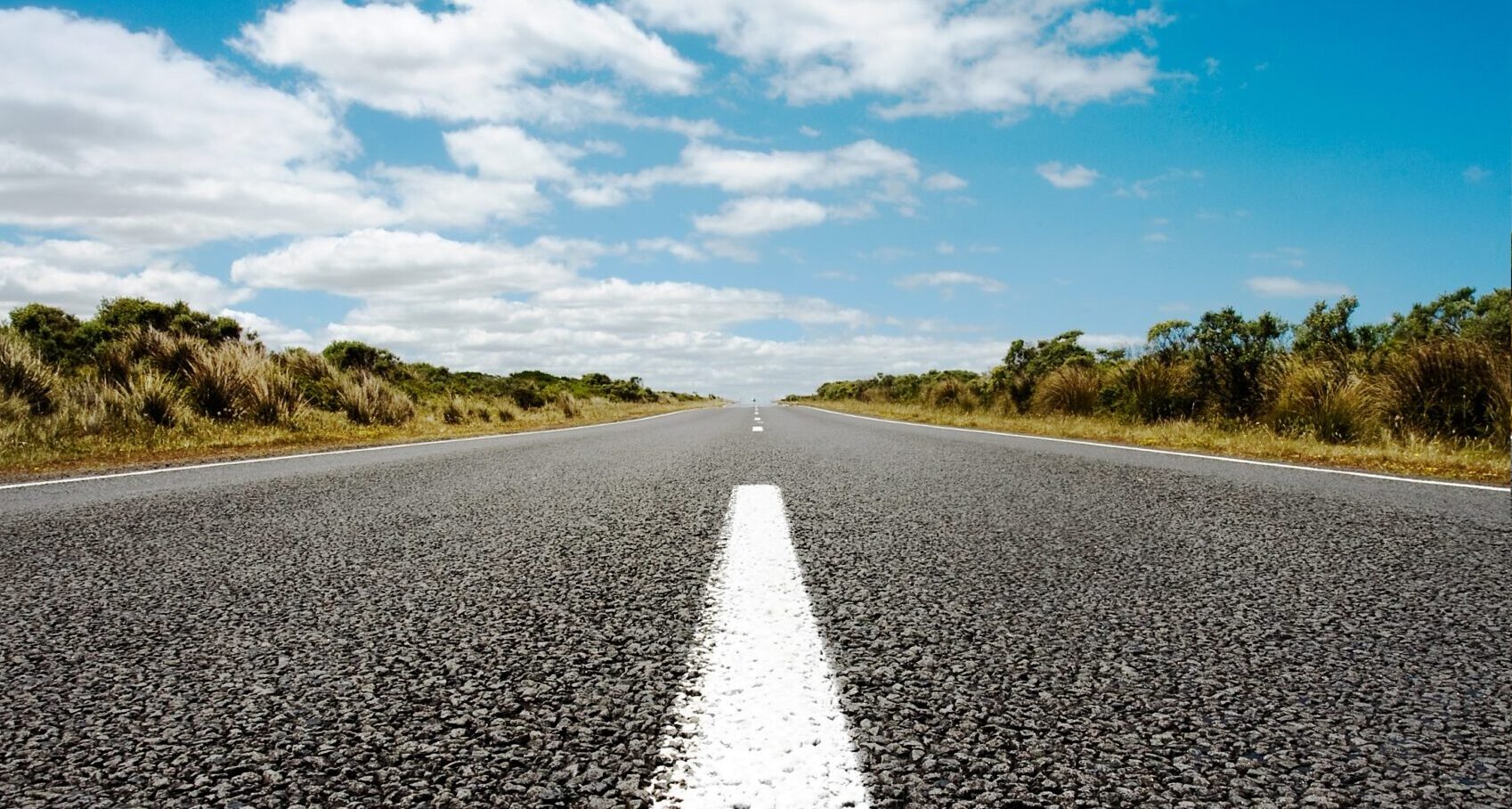
I’ve been browsing online more than three hours today,
yet I never found any interesting article like yours.
It’s pretty worth enough for me. Personally, if all site owners and
bloggers made good content as you did, the internet will be a lot more useful than ever before.
epicwin138
After looking over a handful of the blog articles on your web site, I honestly like your way
of writing a blog. I saved as a favorite it to my bookmark website list and will be checking
back soon. Please visit my website too and tell me how you
feel.
Thank you for sharing such valuable information!
lgoace lgoace lgoace
lgoace lgoace
It’s very effortless to find out any matter on web as compared
to books, as I found this article at this web site.
macantogel macantogel macantogel
Hello would you mind stating which blog platform
you’re working with? I’m going to start my own blog
soon but I’m having a difficult time making a decision between BlogEngine/Wordpress/B2evolution and Drupal.
The reason I ask is because your layout seems different then most blogs and I’m looking for something completely unique.
P.S Apologies for getting off-topic but I had to ask!
Hi! Thanks for your comment. I’m actually using WordPress for my blog. It offers a lot of flexibility and customization options, which is great for creating a unique layout. If you need any tips or recommendations as you start your own blog, feel free to ask! Good luck!